How food rations from the war changed the way humans ate
Wars have long influenced what and how we eat, reshaping culinary landscapes worldwide. During times of conflict, food shortages often lead to innovative solutions to keep populations fed.
These adaptations not only affect the immediate era but often leave a lasting legacy on food culture. From changes in dietary habits to the birth of new cooking techniques, the impact of war on our dinner plates is profound and enduring.
A Bite of History: The Origins of Food Rations
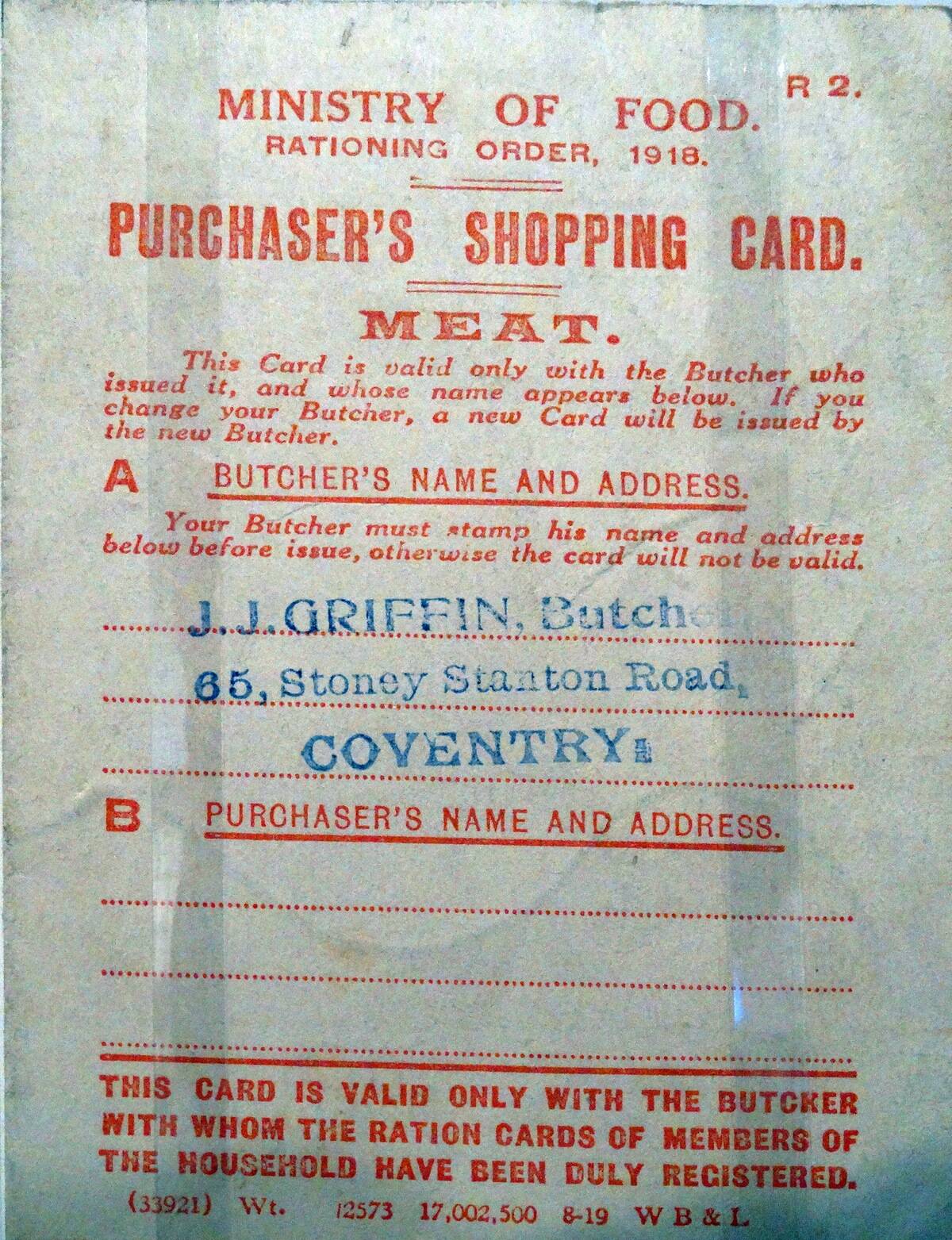
Food rationing has its roots in antiquity, with historical records of controlled food distribution dating back to the Roman Empire, where grain was rationed to citizens. However, it wasn’t until World War I that modern rationing systems were systematically implemented.
The need to ensure equitable distribution of scarce resources during wartime led to the development of structured ration systems, which became more sophisticated by World War II.
The Necessity of Rationing During Wartime
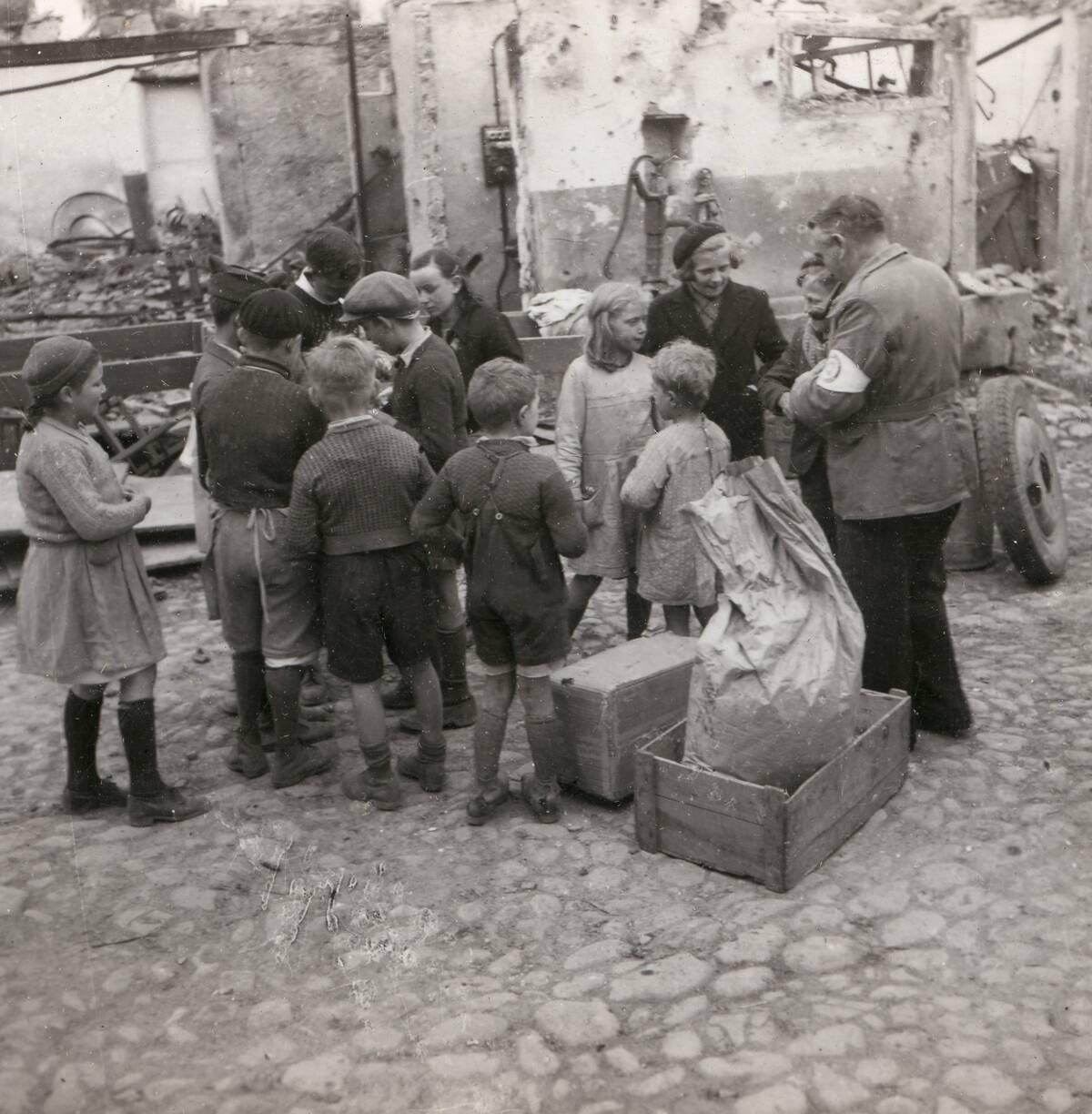
War demands significant resources, often leading to shortages in everyday commodities, including food. During World War II, rationing became essential to ensure everyone had access to basic necessities.
The goal was not just to distribute food fairly but also to prevent price inflation and hoarding. Governments implemented strict controls, overseeing the distribution and consumption of food to maintain national stability and morale.
How Ration Books Became a Household Staple
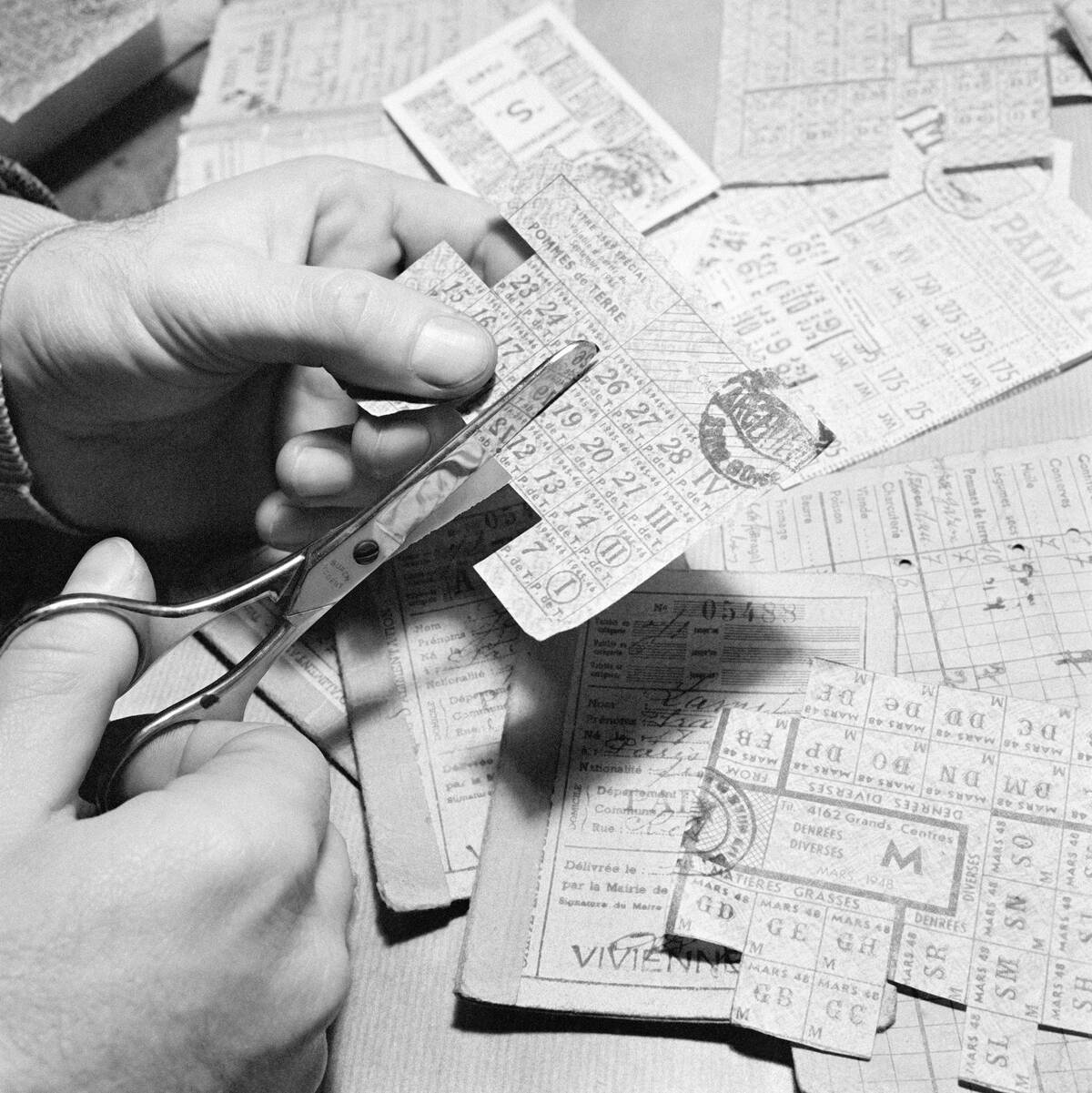
Ration books were introduced as a practical tool to manage limited resources, with each household receiving a booklet to track their food purchases.
These books contained coupons that allowed families to buy fixed quantities of rationed goods like sugar, meat, and coffee. This system ensured that even amid scarcity, households could obtain essential items, fostering a sense of shared sacrifice and community responsibility.
Altered Taste Buds: The New Normal in Flavors
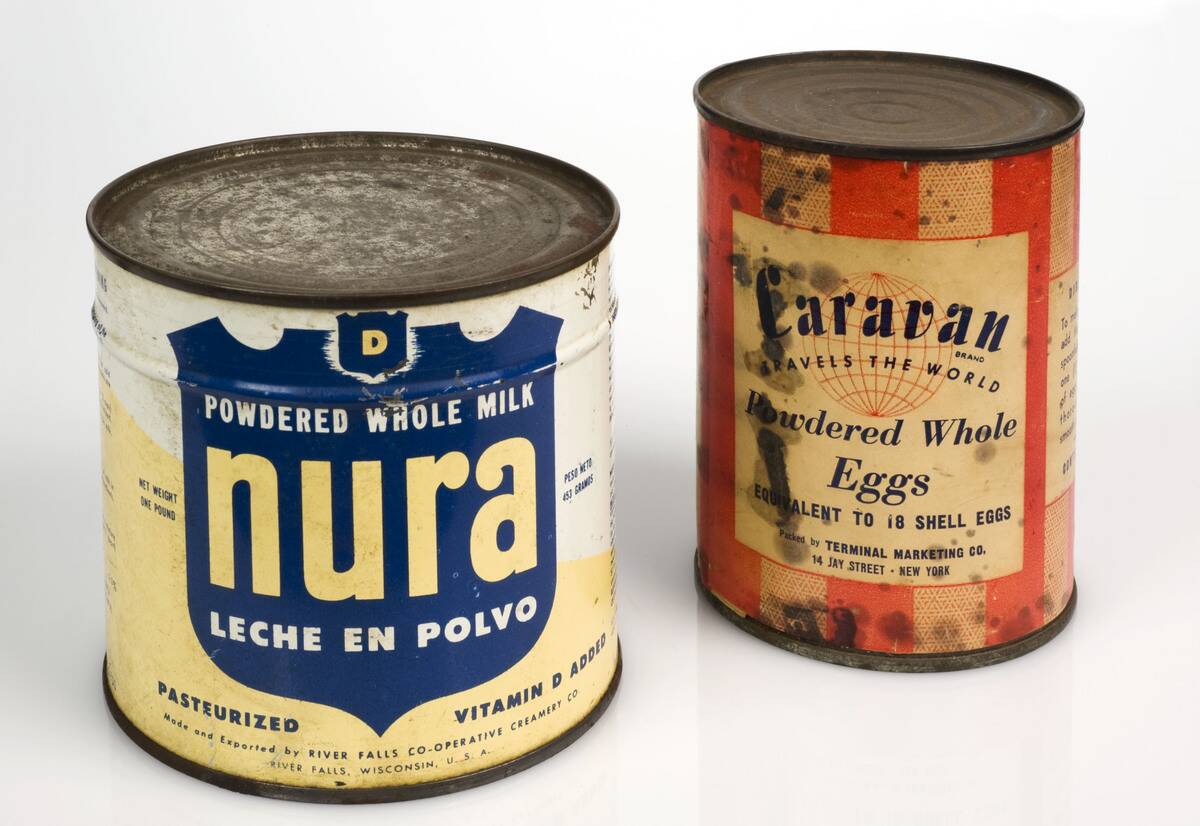
With limited access to familiar ingredients, people during wartime had to adapt their palates to new and unusual flavors. Items like powdered eggs and margarine became commonplace, while spices and exotic ingredients were often scarce.
This shift required a reimagining of traditional recipes, leading to new taste experiences that, though born out of necessity, sometimes lingered in post-war culinary traditions.
The Rise of Canned and Preserved Foods
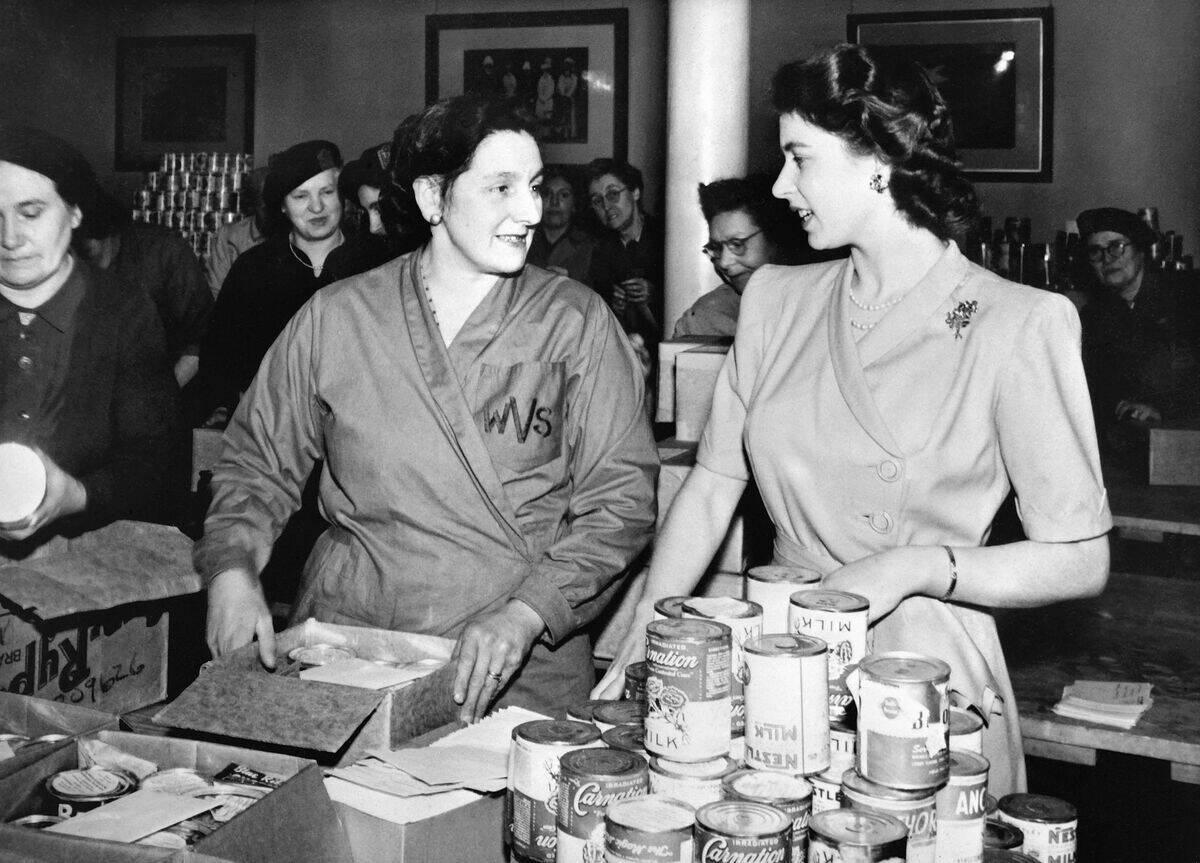
Canning technology became a vital part of wartime food preservation, allowing perishable items to be stored and transported easily. The popularity of canned goods soared as they provided a practical solution to food shortages and supply chain disruptions.
This era marked a significant shift towards convenience foods, with canned soups, vegetables, and meats becoming staples in households, a trend that persisted long after the war.
Creative Cooking: Making the Most of Limited Ingredients
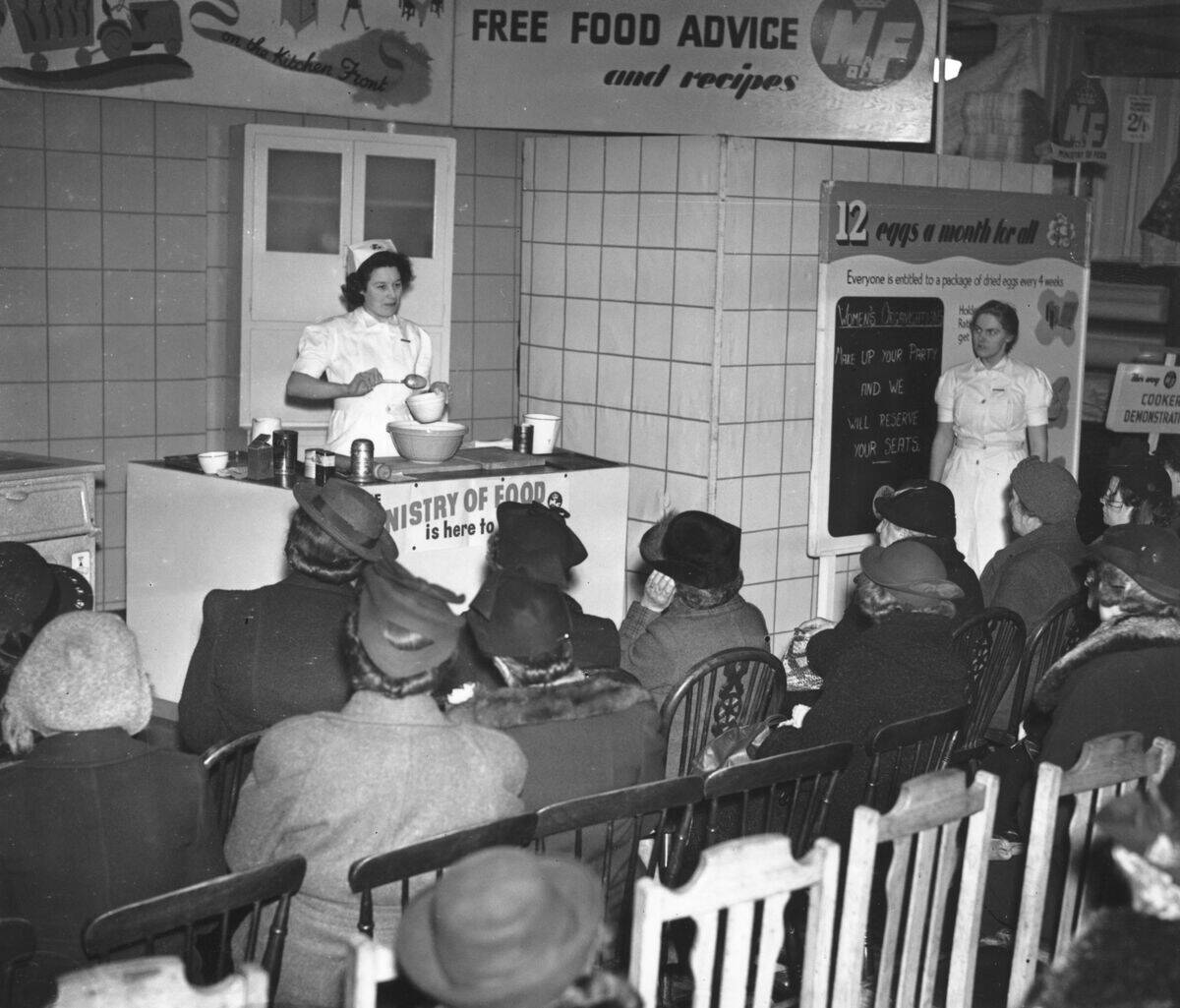
Resourcefulness in the kitchen became a necessity as cooks learned to make do with what was available. Wartime cookbooks offered tips on how to stretch ingredients, substitute unavailable items, and create nutritious meals from limited supplies.
This era heralded an age of creativity, where cooks experimented with new combinations and techniques, laying the groundwork for innovative culinary practices seen today.
The Advent of Substitute Ingredients
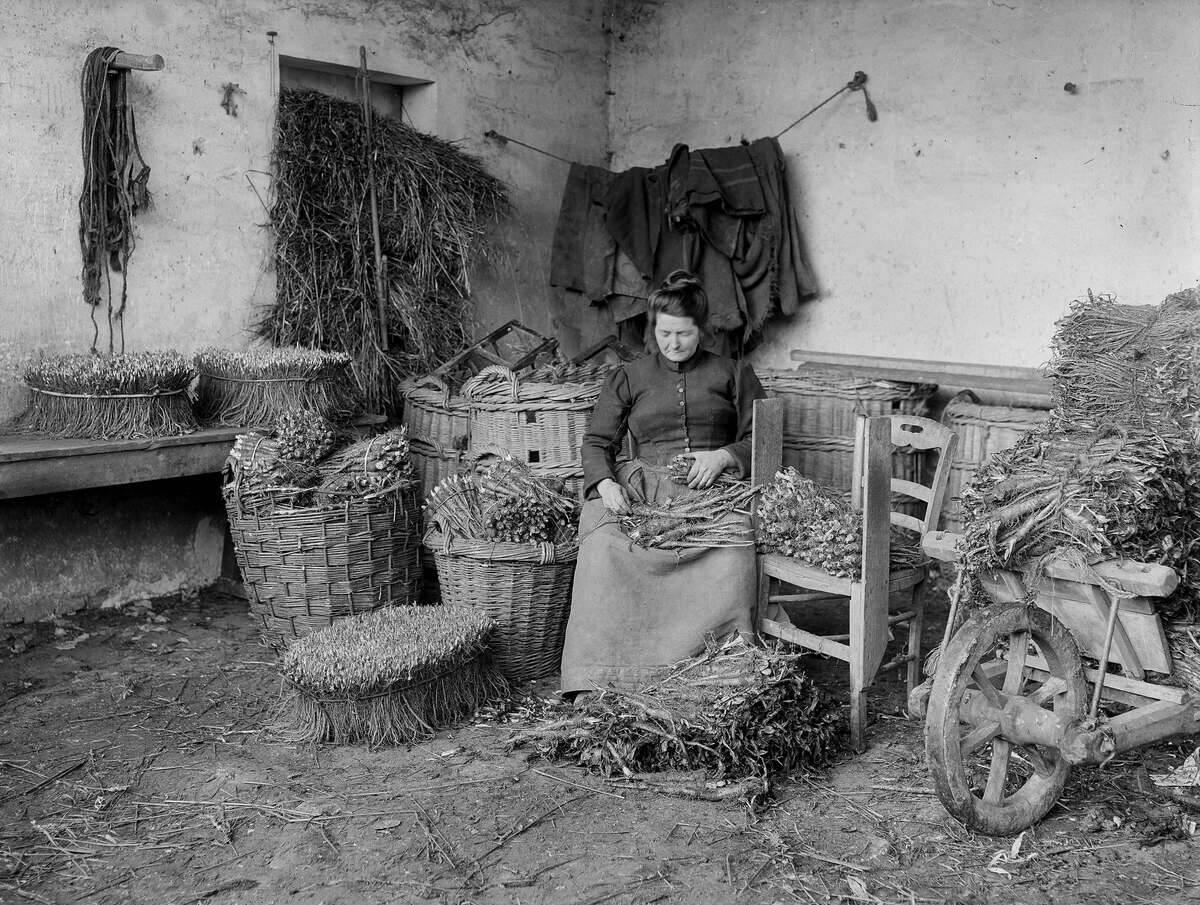
When key ingredients were rationed or unavailable, substitutes became essential. Items like chicory root replaced coffee, while powdered milk stood in for fresh. These substitutes, though sometimes lacking in flavor or texture, allowed people to maintain a semblance of normalcy in their diets.
The development and use of substitutes during wartime paved the way for modern food innovations, including plant-based alternatives.
How Rationing Encouraged a Waste-Not-Want-Not Mentality
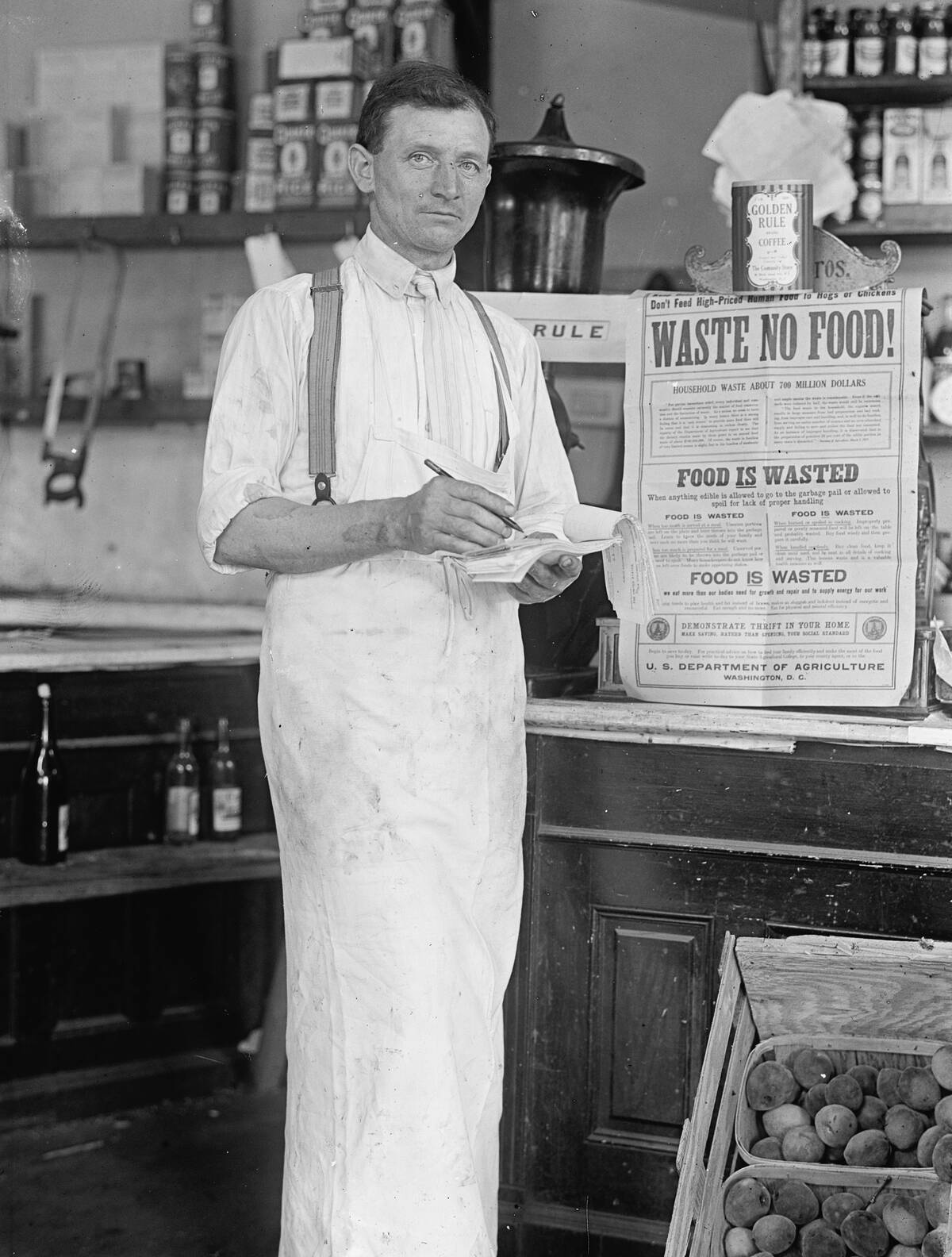
Rationing instilled a conservationist mindset, where wasting food was considered unpatriotic. People became more mindful of portion sizes and leftovers, leading to the practice of reusing and repurposing food scraps.
This frugal approach not only helped stretch limited resources but also influenced future generations, fostering a culture of sustainability and resourcefulness that resonates in today’s eco-conscious world.
Victory Gardens: Growing Your Own Sustenance
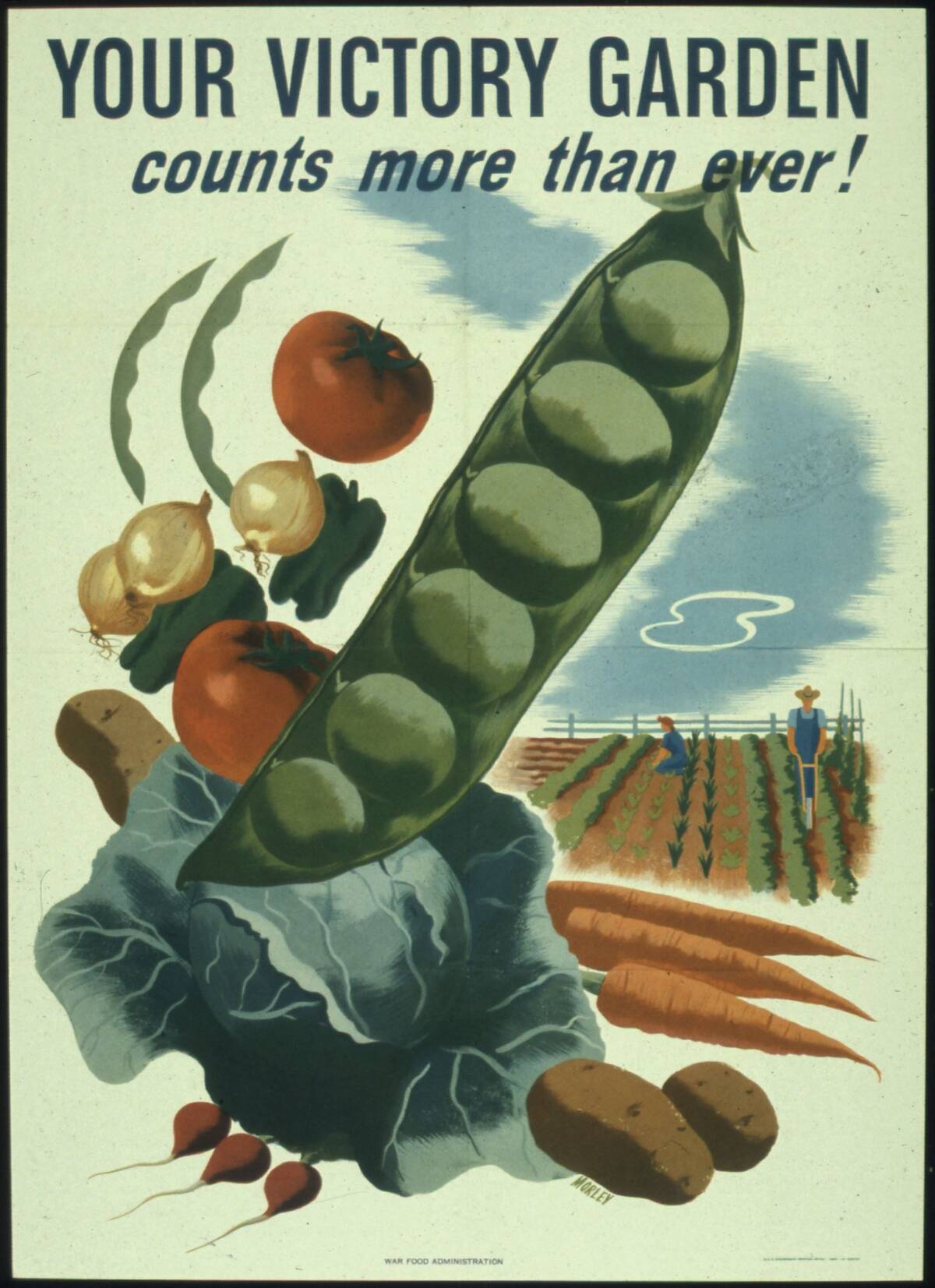
To supplement rationed food supplies, citizens were encouraged to grow their own fruits and vegetables in “Victory Gardens.” These home-grown plots became a symbol of self-reliance and community resilience, with millions of families participating worldwide.
Victory Gardens not only eased food shortages but also boosted morale, offering a sense of contribution to the war effort and fostering a connection to the land.
The Birth of Nutritional Guidelines and Standards
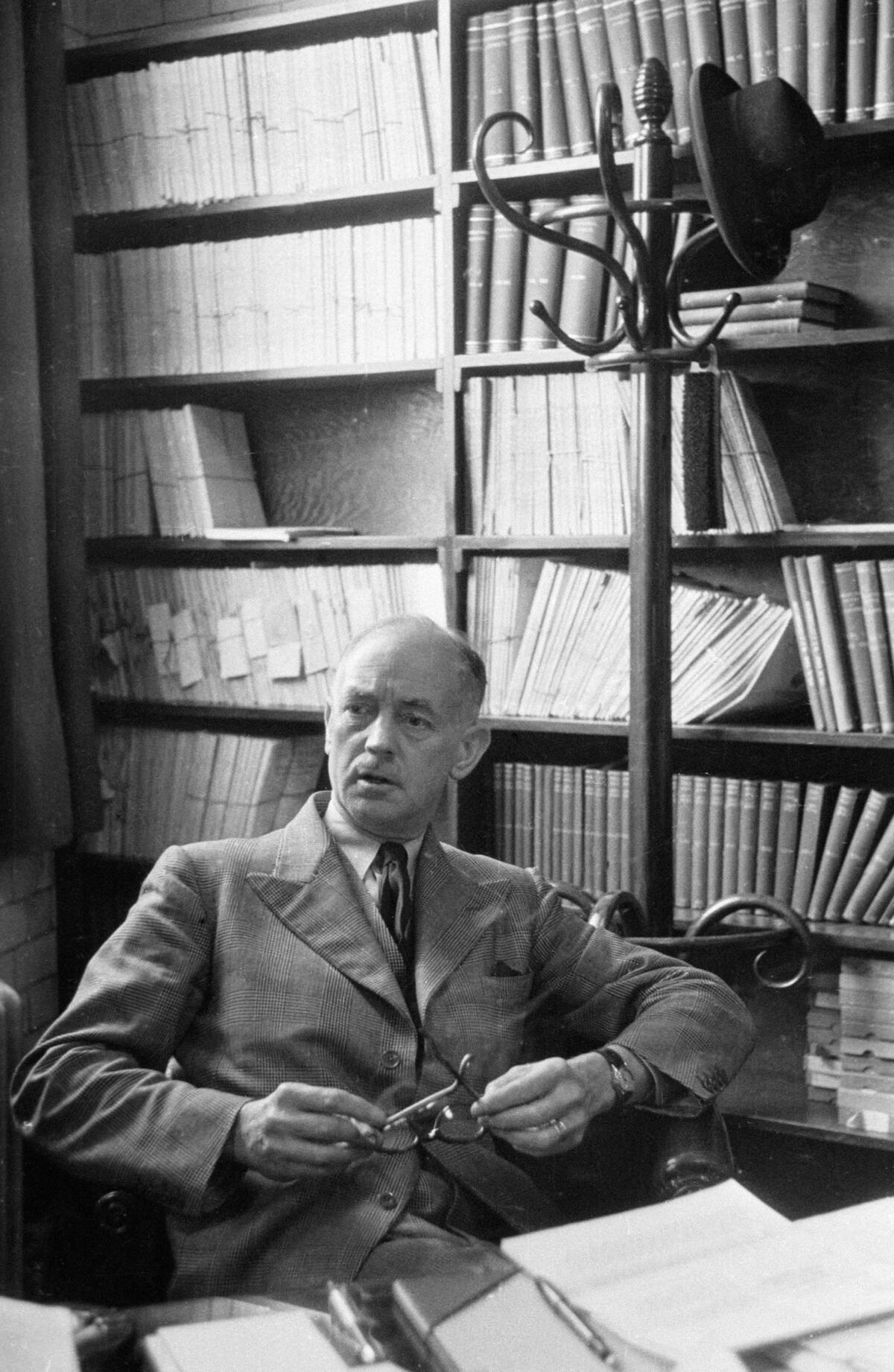
Wartime rationing highlighted the need for balanced nutrition, leading to the development of dietary guidelines to ensure health despite limited food choices. Governments and health organizations worked together to create food standards that prioritized essential nutrients.
This focus on nutrition laid the groundwork for modern dietary guidelines, emphasizing the importance of maintaining health through balanced meals, even in times of scarcity.
The Influence of War Rations on Modern Convenience Foods
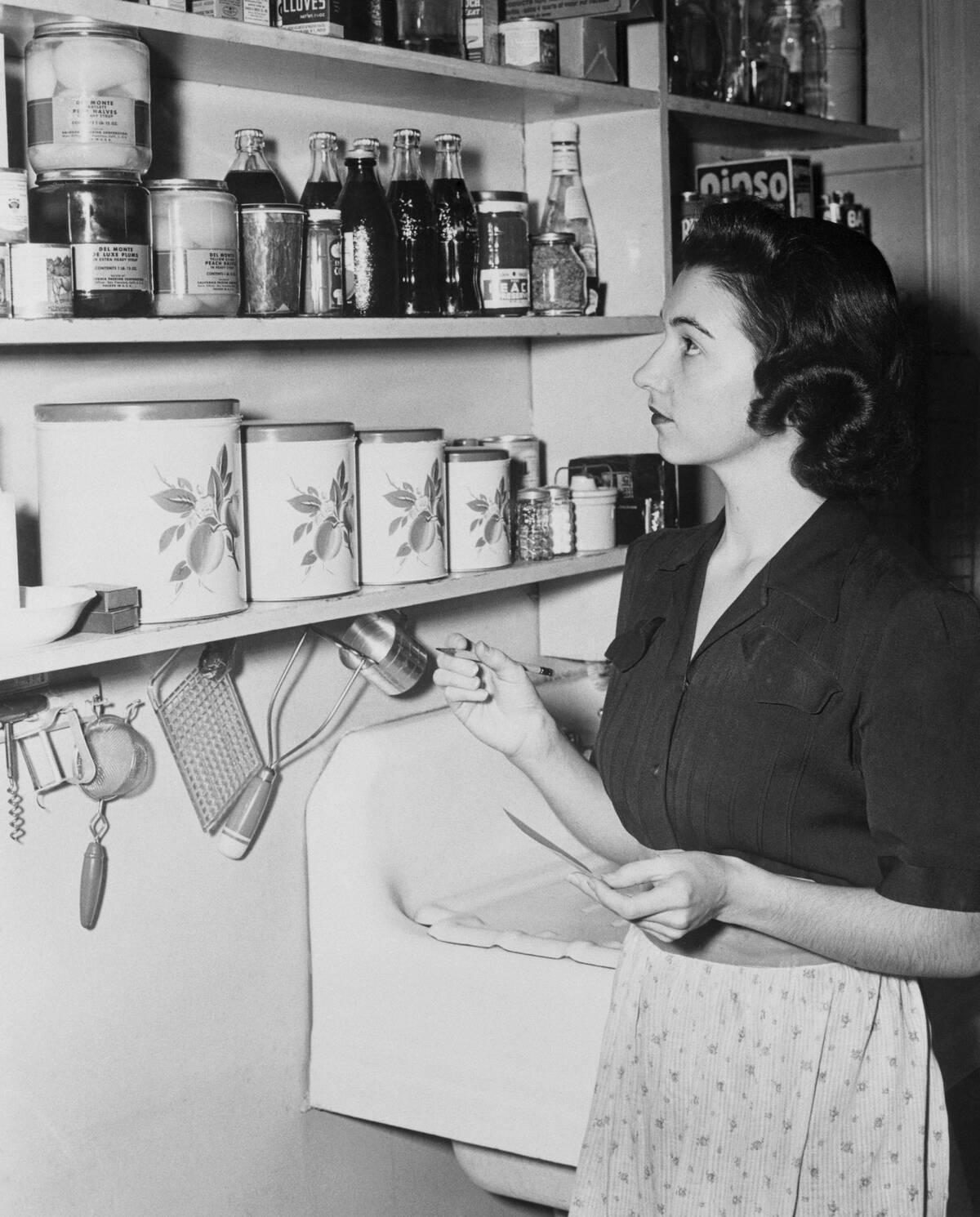
The practical demands of rationing and food preservation during wartime led to innovations that paved the way for today’s convenience foods. Processes like canning and dehydration were refined, and new products such as instant coffee were developed to meet wartime needs.
These innovations persisted in the post-war era, influencing the rise of ready-to-eat meals and snack foods that prioritize ease and accessibility.
The Evolution of Packaged and Processed Foods
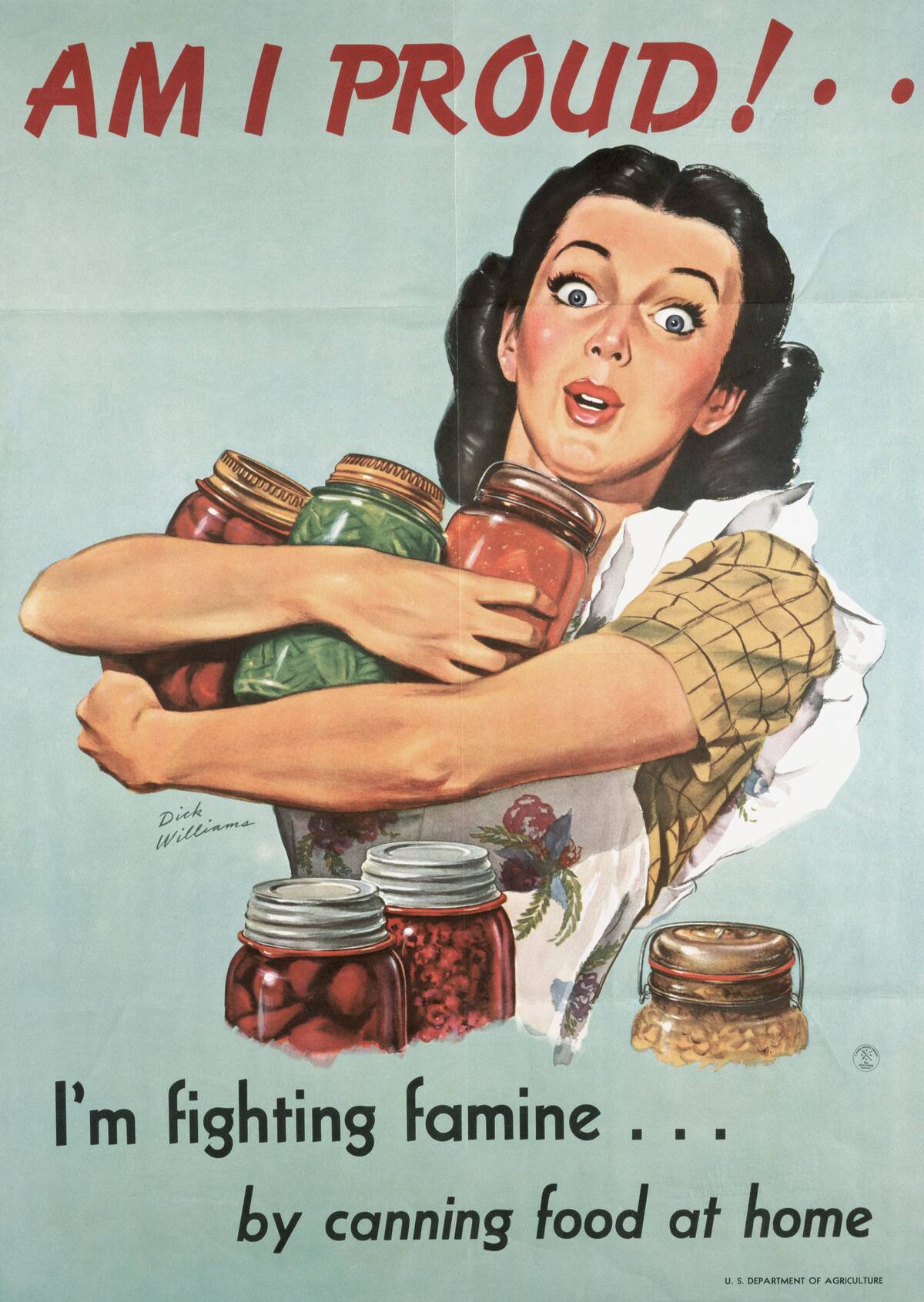
Packaged and processed foods experienced significant growth during wartime, driven by the need for long-lasting, easily transportable goods. The technology and production methods developed to meet these demands continued to evolve, influencing the modern food industry.
Today, packaged foods are ubiquitous, offering convenience and variety, a legacy of the wartime efforts to preserve and distribute food efficiently.
The Lasting Popularity of Certain Wartime Recipes
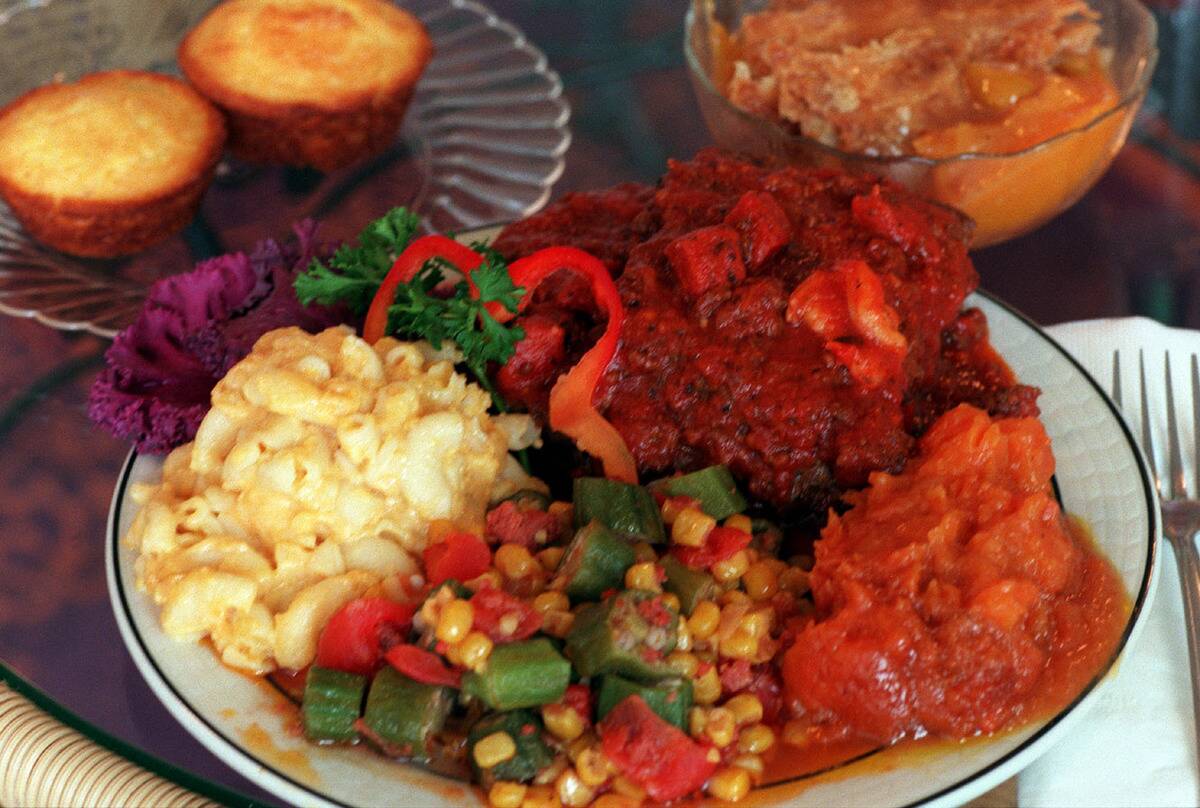
Some recipes born out of necessity during wartime have endured, becoming beloved culinary staples. Dishes like meatloaf and casseroles, which utilized affordable ingredients and could be easily adapted, remain popular in many households.
These recipes, once created to stretch limited resources, are now cherished for their comforting flavors and simplicity, a testament to the enduring impact of wartime ingenuity on our kitchens.



